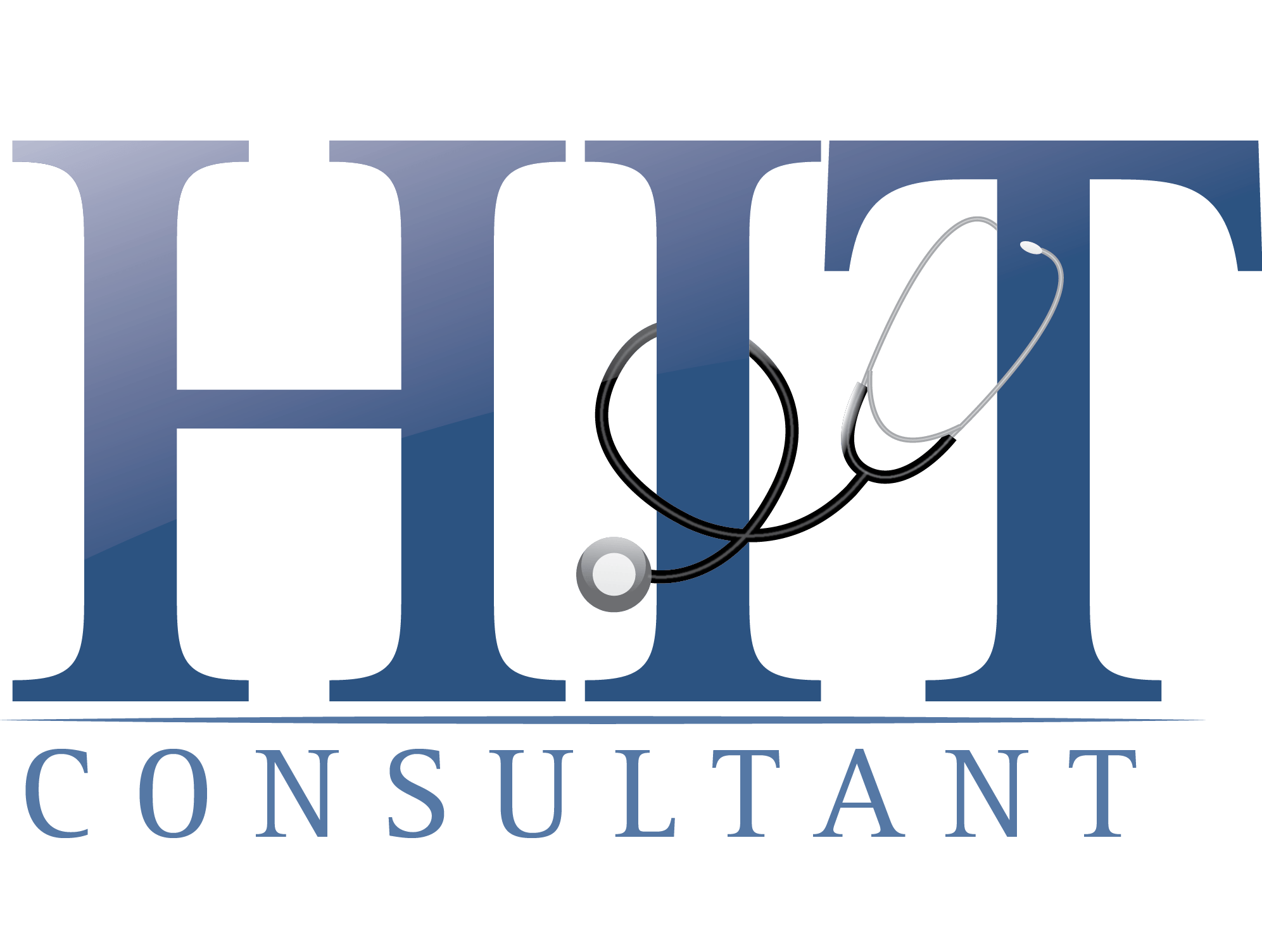
The healthcare industry has faced compounding pressures for years. Between staffing shortages putting strain on employee workloads, budget constraints, and ongoing tech modernizations, a solution is needed to ease and improve workloads and improve security, without sacrificing patient experiences. But resource constraints mean many hospitals aren’t prioritizing modern IT upgrades, including the networks that are vital to running day-to-day operations, which could prove to be a costly mistake in more ways than one.
If hospitals can’t keep their infrastructure updated and secure, they’re in danger of falling behind on critical upgrades that are vital to the quality and resiliency of their network. Failure to keep up poses significant risks, including enabling hackers to exploit outdated vulnerabilities, slowing down critical operations, and putting sensitive patient data at risk. Enter: smart hospitals.
Smart hospitals promise to alleviate these common pain points by embedding advanced technology like IoT, augmented reality (AR), virtual reality (VR), and AI into everyday care, addressing major operational and IT pain points through digital transformation. The foundation of every smart hospital is the network, which is the central nervous system for all this new tech. To evolve into a smart hospital and stay on the leading edge of patient care, healthcare organizations must invest in secure network infrastructure so new technological innovations have the bandwidth they need to thrive.
How smart hospitals operate and why current networks won’t cut it
The smart hospital revolution is already underway, with investments growing from $57.53 billion in 2023 to $67.63 billion in 2024. Additionally, with 70% of health system leaders globally citing investing in technology platforms for digital tools and services as a priority for their organizations in 2025, there’s a clear demand for digital transformation in hospitals. Smart hospitals embrace robust, advanced technologies, where connected devices, data analytics, and automation converge to optimize patient care and operations.
A smart hospital’s tech stack can include wearable patient technology and biometric screening to monitor and enhance patient care, as well as HVAC controls, interactive security cameras, or remote-controlled pharmaceutical dispensaries for seamless operational efficiency. While the potential of these technologies is exciting, without the right underlying network infrastructure, systems can quickly become overwhelmed and result in poor performance.
With thousands of sensors, cameras, and interconnected devices operating constantly in smart hospitals, traditional Wi-Fi networks cannot sustain the data deluge. Relying on current network infrastructure has the potential to not only cause organizational harm, but risks having Wi-Fi coverage gaps that can, in turn, result in inefficient, unsafe and inaccurate patient care. Spotty Wi-Fi isn’t just an inconvenience – it can impact patient outcomes. Outdated networks put patient-critical zones like ORs and ICUs at risk of falling victim to being in a dead spot, causing potential delays in care needs. To avoid these high-risk scenarios, upgrading the network must be every hospital’s top priority.
What modern hospitals need – and how modern networks deliver
A resilient and secure network is non-negotiable when operating smart hospitals. IT teams need to be able to manage the network and all of its data to monitor outages, security threats and resolve problems proactively – and adopting a platformization approach in the network can ensure these things happen seamlessly. Unified platforms are a critical component of success, especially in an era that demands sophisticated security, streamlined operations and cost reductions. By having a singular platform instead of a host of point solutions, IT teams no longer face untimely troubleshooting and can focus on the important things: proactive optimization and innovation.
Enabling a proactive approach to IT means fewer outages, faster security resolutions and consolidated workflows across all business units. Frontline IT staff gain real-time, conversational AI assistants to diagnose, resolve, and document technical issues automatically, freeing them to work on strategic initiatives and reducing burnout. Hospital leaders also benefit from more resilient infrastructure, lower operational costs, and accelerated digital transformation.
For example, West Suffolk NHS Foundation Trust is a large, district general hospital in Suffolk, England that realized a reactive IT approach wasn’t enough to stay ahead of patient needs. Not having visibility across its network made it difficult to keep tabs on the IT operations of the different buildings they were responsible for managing. To tackle these challenges head on, West Suffolk adopted an AI-driven platform to inject new life into its IT operations.
As West Suffolk’s head of digital services said once the new platform was deployed, leaning into platformization allowed its digital services team to have a “helicopter view” of the network. The team was able to see network assets, alerts, lifecycle stages and end-of-support timelines, giving them the necessary information to act quickly and effectively, checking off all the team’s priorities. Platformization has transformed the way West Suffolk manages its network and is a perfect example of how simplifying a complex IT environment can change the game for IT teams and overall hospital operations.
Platformization isn’t just a consolidation tactic, but one that helps hospitals stick to their goals, including cost optimization and maintaining seamless IT operations. With notorious staffing shortages and budgets diminishing, a revamp to support smart hospitals is vital for success.
Upgrading your tech stack for the next era
Modernizing networking in healthcare settings isn’t an option – it’s table stakes in a highly technical world. Without a robust, adaptive network, hospitals risk stalling their digital transformation and compromising patient outcomes or data security. CIOs and clinical leaders must embrace modern networking solutions to ensure a successful future.
With a platformization approach, smart hospitals are set up for success by having everything in one place, combining AI, networking and security insights and capabilities into a single dashboard. Hospital teams from IT to finance to medical staff can work at ease knowing everything they need is reliably accessible and accurate, helping eliminate complexity and improve patient care.
As the future of healthcare continues to evolve towards smart hospitals, its infrastructure must evolve with it to avoid massive failures and patient risks. Integrating modern tech without a modern network is a risky recipe for disaster. Without a strong foundation, technological advances mean nothing. The next generation of healthcare depends not only on what lies in the wards, but on what powers the network beneath them.
About Chuck Brooks
Chuck Brooks is the Director of Alliances and Ecosystems at Extreme Networks, a leader in AI-powered cloud networking, focused on delivering simple and secure solutions that help businesses address challenges and enable connections among devices, applications, and users.
